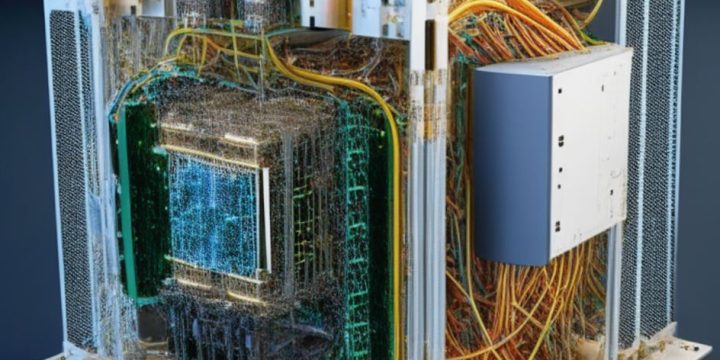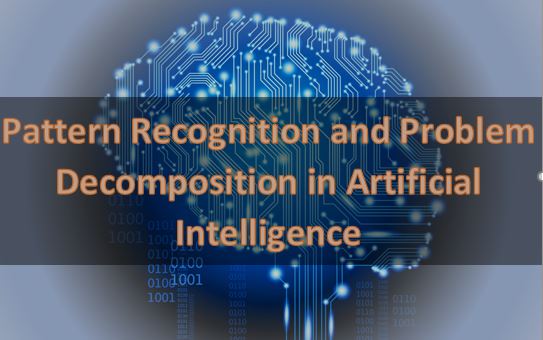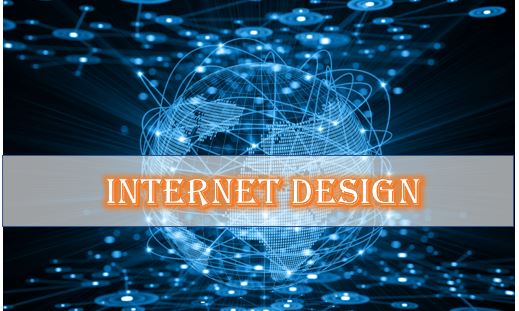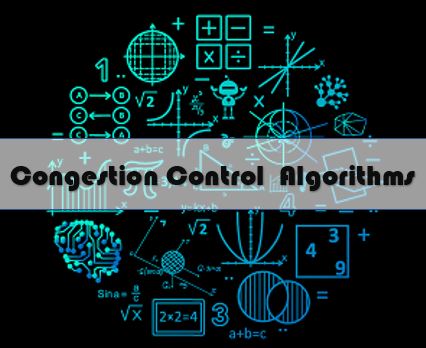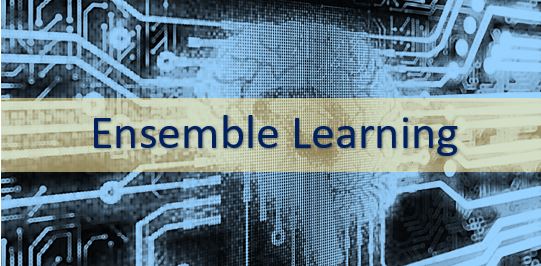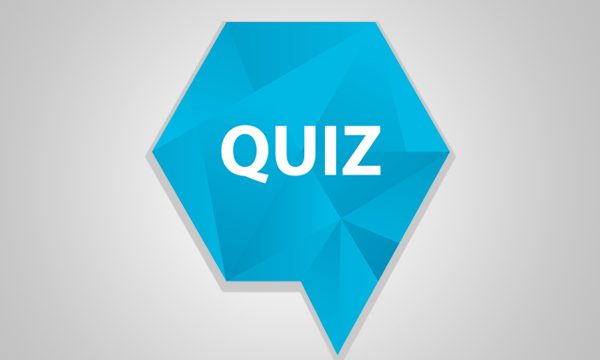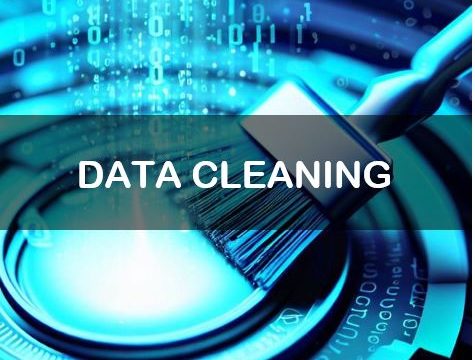
Data Cleaning Cycle
DATA CLEANING Data Science is an emerging and interdisciplinary field that has gained significant traction due to the exponential growth of data across various sectors. It encompasses the extraction of valuable insights from vast volumes of data using diverse scientific techniques, such as algorithms and processes. However, the raw data, often referred to as primary or source data, frequently contains inconsistent and inaccurate values, leading to erroneous outcomes and biased analyses. In data science, the quality of insights and analyses derived from data is only as reliable as the data itself. Definition of Data Cleaning Data cleaning (data scrubbing) refers to the process of modifying or eliminating useless, inaccurate, duplicate, corrupted, or incomplete data from a dataset. When working with multiple data sources, there are numerous opportunities for data to…

